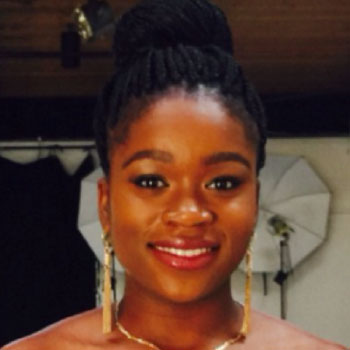White beauty has been everyone’s go-to goal for most of America’s history. It has constructed a standardized version of beauty that only represents and exemplifies white women. Since 1968, black and white women have stood on different bases in relation to the institution of allure and the established perpetuated ideas of beauty. While white women are objectified, black women are dehumanized. The dehumanization forces black women into upholding and portraying white ideals of attractiveness.
Since blackness is viewed as unnatural, it cannot possibly be beautiful. “Othering” the black woman in relation to the white woman further idolizes white beauty as the symbol of purity. While black women are characterized as hypersexual—animalistic vessels for sex—white women are pure and unadulterated. The characterization of black women leads to the justification of rape and sexual assault perpetuated onto them during slavery and segregation.
Meeta Rani Jha explained the social control of women’s bodies in her book “The Global Beauty Industry: Colorism, Racism, and the National Body” as a persistent mechanism in creating and maintaining racial and cultural purity within the white race. One can even go as far back as biblical depictions of people in the Bible to study cultural purity: rarely are the characters in biblical stories seen as black. The idea of blackness as an ugly pathology has transcended time and country lines to bleed into countries in South America and even Asia; racialization of beauty is no longer specific to the United States.

Eurocentric white beauty norms have become a by-product of global beauty since “eurocentricity” is largely considered what makes a woman on the conventional spectrum of binary gender roles. Light skin equates white skin and white skin equates bright skin, which portrays the femininity of a woman and her physical traits as a female. Since beauty has become a depiction of “inner moral qualities” and there has always been a belief that the outer beauty is a representation of a woman’s inner beauty, it is crucial to outcast the black women make sure that she is not seen as one with a beautiful exterior and interior.
More recently there has been a trend on social media platforms highlighting who has light or dark skin through hashtags such as #TeamLightSkin and #TeamDarkSkin as if women of the same race are competing against one another based on race. Lighter skin in the black community has been valued since the days of slavery. When slaves were lighter than a paper bag, they were welcomed into the house to serve. These lighter slaves received better treatment and were in some cases allowed to control the darker slaves. This was a privilege. Toward segregation, lighter skin was also valued as a source of beauty in media. People with lighter skin have always been valued more because of their shade of blackness.
The disregard for a black women’s’ sexuality, beauty and character prompted the movement “Black Is Beautiful.” The groundbreaking idea is designed to help promote and raise black women’s self-esteem. Women of color were not only tired, but also offended that their own physical attributes were not praised, so to combat the disrespect, black feminists created a social movement that encouraged their fellows to respect themselves in everything that they do. The message of the social movement was to challenge and disturb the accepted understanding that white beauty was the only beauty.
Not only did the movement challenge white beauty, but it also challenged colorism within the black community. Participations also criticized black men for not realizing that their own sisters were struggling with a double standard. Even though black women and men both suffered from discrimination, its representation in life had little similarities. Black women felt that their struggles to decolorize beauty were being devalued because they were always overshadowed by the fight against racism in general of black men or the discrimination of white women.
Contrary to what many believe, the movement was started by black feminists who were in opposition to both the Civil Rights Movement and the Women’s Rights Movement because “black women’s experiences of poverty, misogyny, sexism, and racism were glossed over and often not even acknowledged in these movements,” explained Jha in her book “The Global Beauty Industry: Colorism, Racism, and the National Body.” The dominant American society has defined the values that black women should hold. Even though the “Black Is Beautiful” campaign was a success there are still issues concerning the racial construction of black women in America.
One of the issues that still plague black women is the fact that most have to perform in accordance to social standards, which means they always have to deal with the burden of trying to become white for the sake of thriving in a world that does not value black beauty. However, it comes with the guilt of betraying their race and themselves. In this instance exists a double consciousness on whether to emulate whiteness for the sake of themselves or to be black for the sake of themselves. There are benefits and consequences to each option and it is difficult to choose when both sides are polar opposites.

















